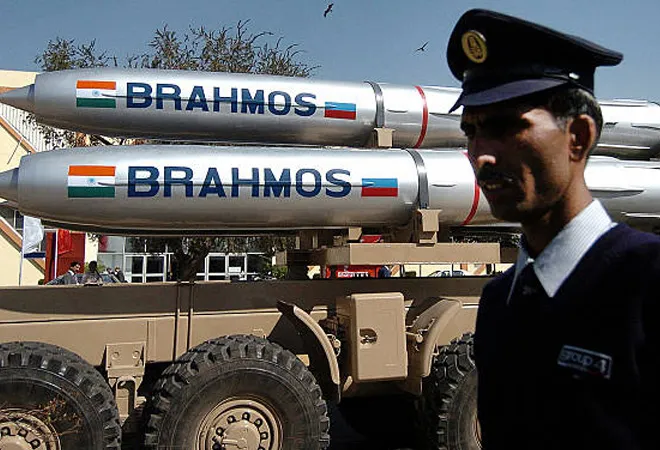-
CENTRES
Progammes & Centres
Location
Allocations made for capital expenditure must increase if India is to keep pace with China's rising military might

The Philippines, for its part, is also expected to raise defence spending by as much as 8 per cent in 2023. This cumulative surge in spending is a direct outcome of the rise in Chinese military power, triggering a reciprocal military build-up by Japan and the other states across the Indo-Pacific. On the maritime front, the PRC’s naval forays into the IOR pose a threat to India, which is already locked in a military face-off along the Himalayan frontier, creating a military pincer movement against India. Against this backdrop, the Indian government and the three armed services will need to work together more seamlessly to streamline defence spending as part of the forthcoming Budget. Given India’s national security challenges, the services will need to prioritise what they most require. Allocations made for capital expenditure must increase if India is to keep pace with the advanced military capabilities that the Chinese military already deploys or is in the process of doing so. The personnel cost of the Ministry of Defence has been increasing over the years, inhibiting the much-needed modernisation process. The Indian Army’s inability to fully spend the allocated budget for modernisation also doesn’t inspire confidence in the future readiness to meet the challenges of the 21st century battlefield. The government must equally address how it intends to get the services to achieve jointmanship, which is key not just for successful execution of military operations, but also for keeping costs low whether for logistics or air defence. The services will have to be compelled to work together, and budgetary allocations made must be geared to reflect outcomes that produce synergy between the three service branches of the Indian military. Further, the capital outlay under the defence Budget must balance “Make in India” with the operational readiness of the armed forces.The Indian government and the three armed services will need to work together more seamlessly to streamline defence spending as part of the forthcoming Budget.
Make in India requires long lead times to generate tangible outcomes in indigenously developed defence systems. Whereas wars can occur at short notice without advance warning before initiatives such as Make in India can optimally and satisfactorily deliver to meet the operational requirements of the forces. Here the government must discern what capabilities are urgently required by the armed services to face the military contingencies against China and Pakistan. Time is absolutely essential, which cannot be lost given the daunting and complex subset of real military challenges arrayed against India. Tackling the PRC’s military strength must be the primary focus of budgetary attention for the defence forces. For the public at large, the test for the government in the forthcoming Budget is to see whether an increase in the share of capital expenditure in the Budget sees the light of day.The services will have to be compelled to work together, and budgetary allocations made must be geared to reflect outcomes that produce synergy between the three service branches of the Indian military.
The views expressed above belong to the author(s). ORF research and analyses now available on Telegram! Click here to access our curated content — blogs, longforms and interviews.

Professor Harsh V. Pant is Vice President – Studies and Foreign Policy at Observer Research Foundation, New Delhi. He is a Professor of International Relations ...
Read More +
Kartik Bommakanti is a Senior Fellow with the Strategic Studies Programme. Kartik specialises in space military issues and his research is primarily centred on the ...
Read More +